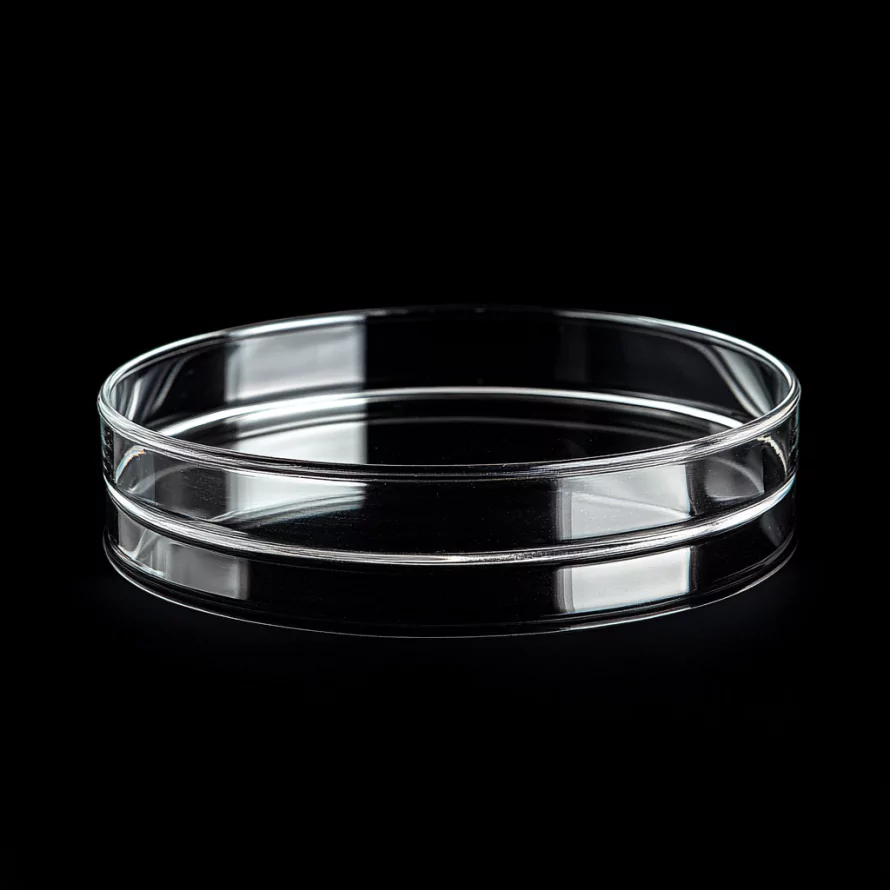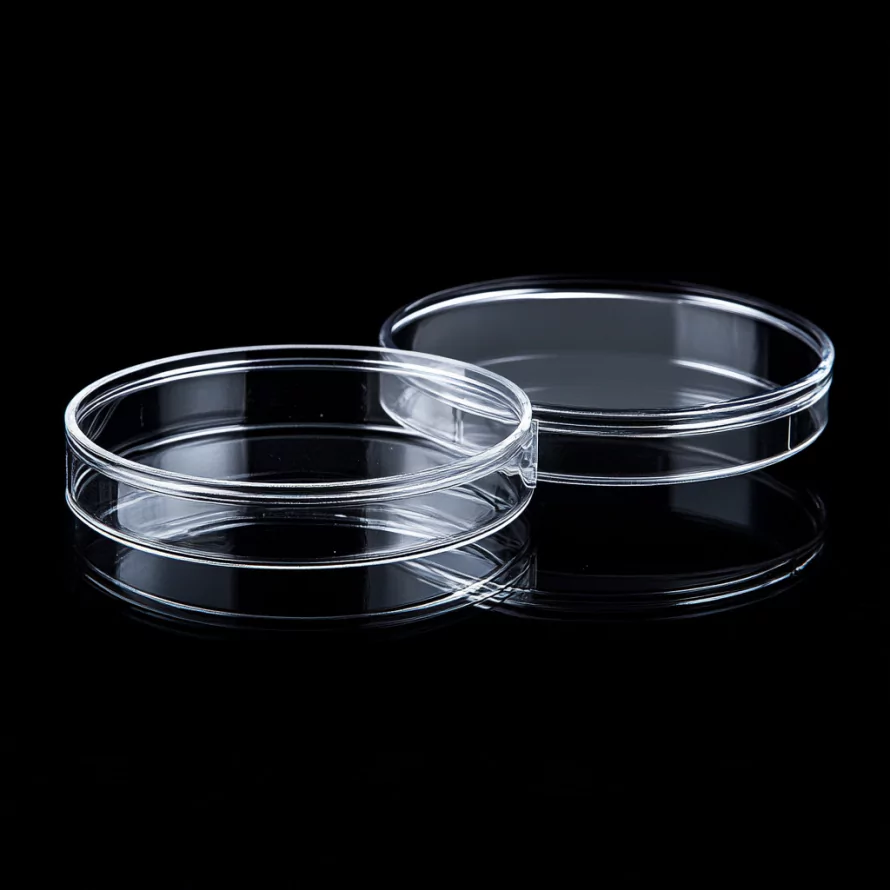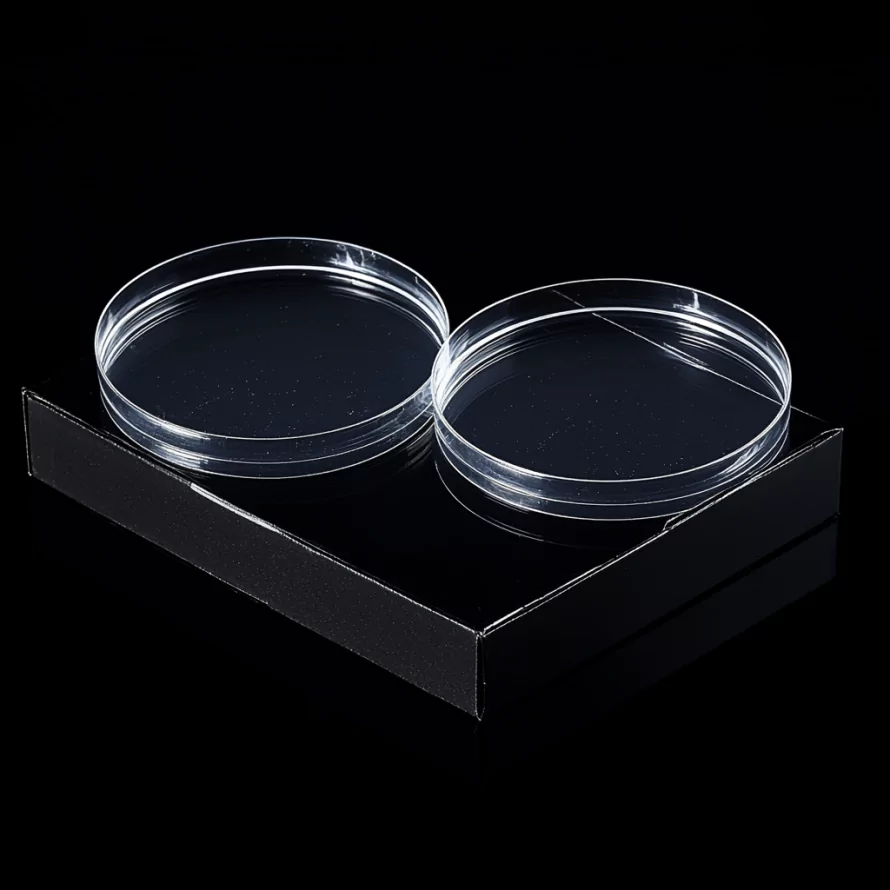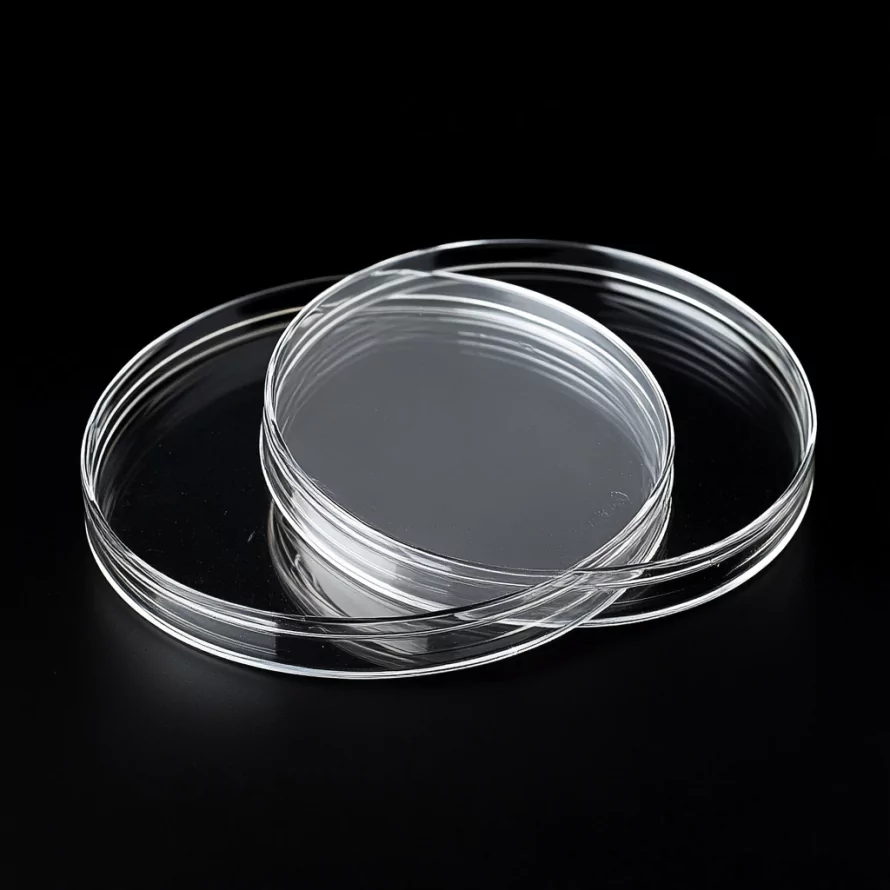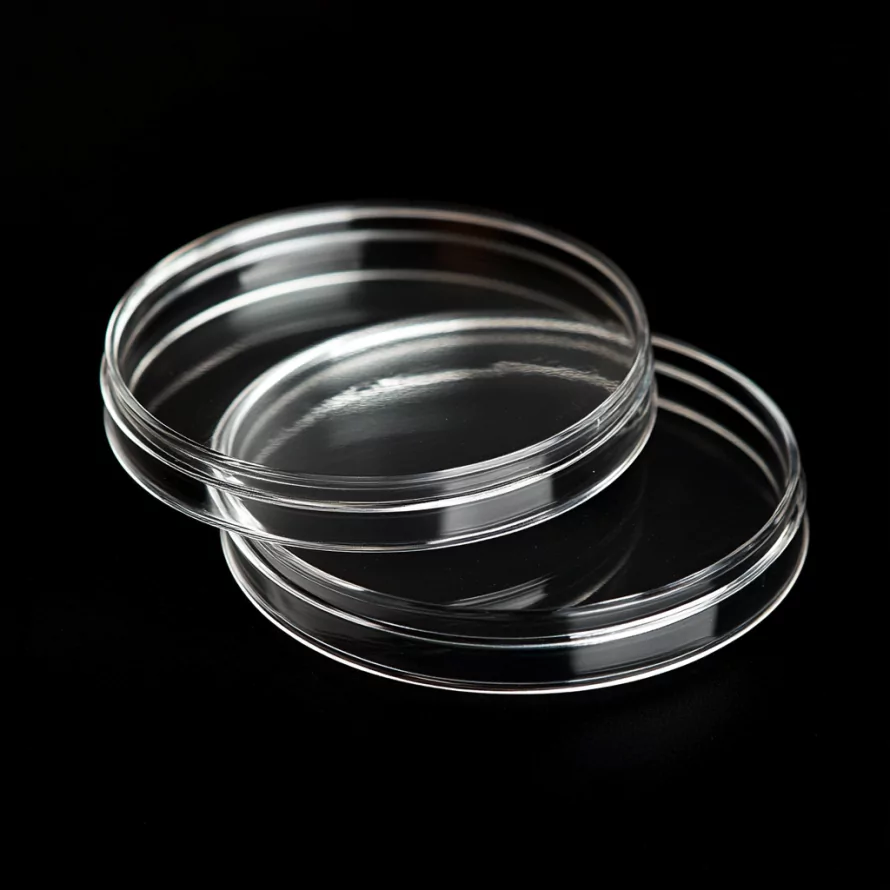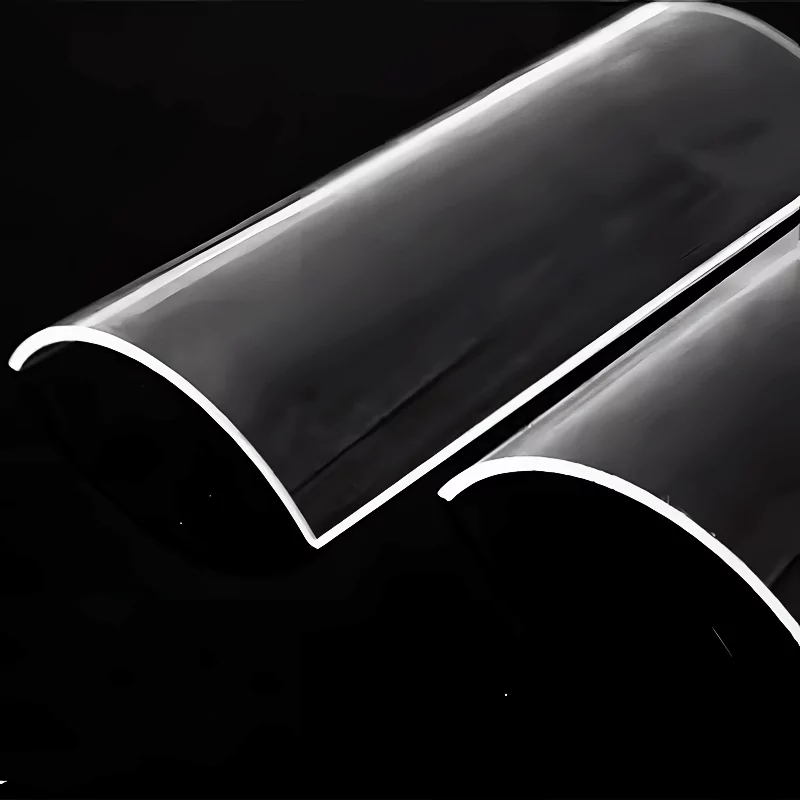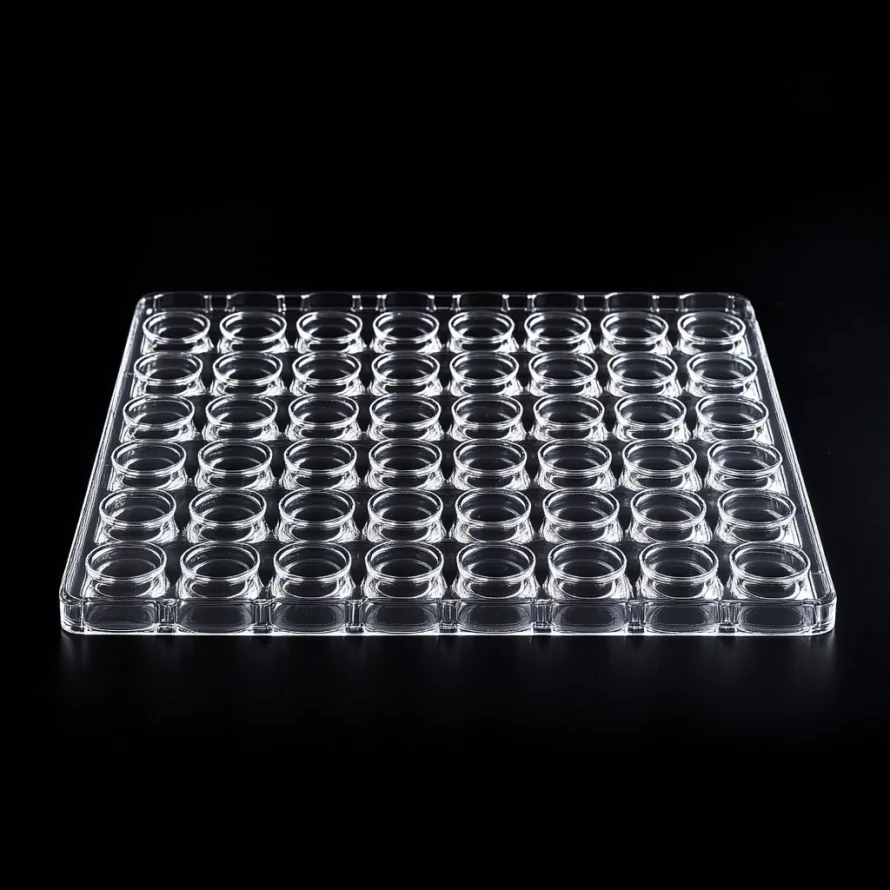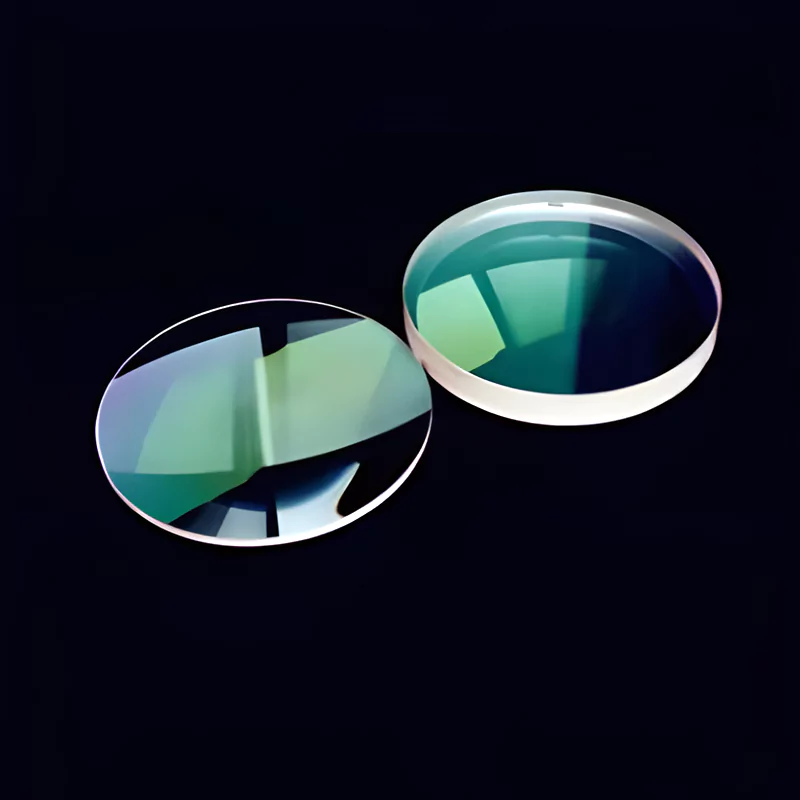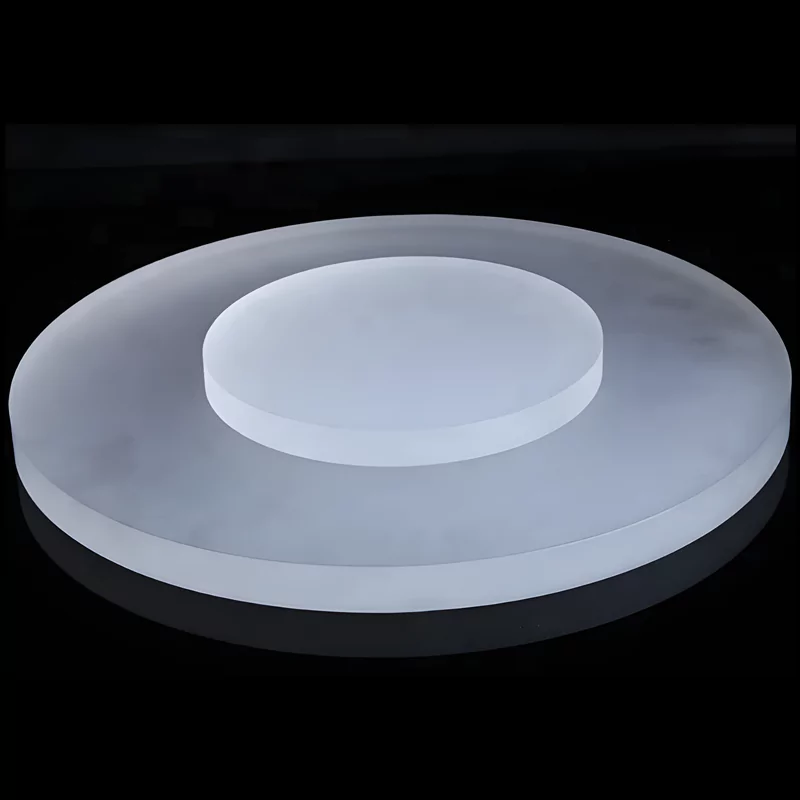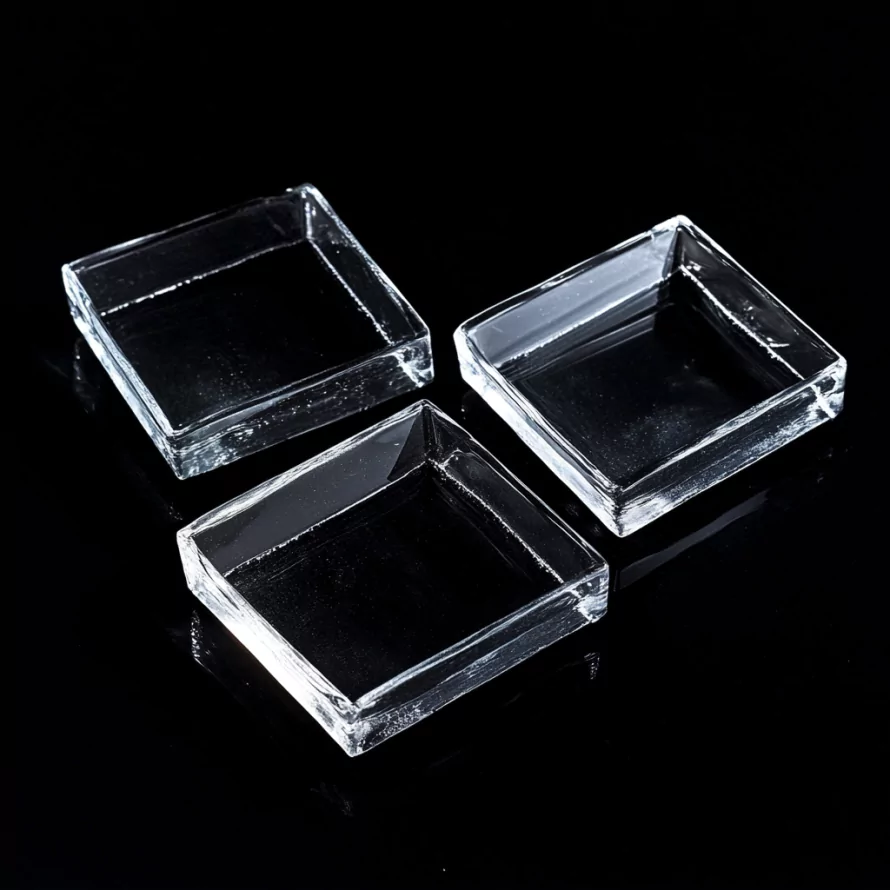- Home
- /
- Types
- /
- Quartz Plate
- /
- High-Purity Quartz Petri Dish...
High-Purity Quartz Petri Dish for Laboratory Applications -TOQUARTZ®
Ideal for research laboratories, biomedical equipment manufacturers, and industrial testing facilities requiring superior performance.
Key Features of Quartz Petri Dish
TOQUARTZ® quartz petri dishes are engineered from ultra-high purity fused silica, offering exceptional performance characteristics that make them ideal for demanding laboratory and research applications where standard glass or plastic dishes would fail.
High Temperature Resistance
Softening point of 1730°C with long-term use capability at 1200°C and short-term exposure up to 1450°C without deformation.
Excellent Thermal Stability
Extremely low thermal expansion coefficient allows for rapid temperature changes without cracking, even when heated to 1100°C and plunged into room temperature water.
Ultra-High Purity
SiO₂ content exceeding 99.99%, ensuring minimal contamination for sensitive biological and chemical applications.
Superior Chemical Resistance
Inert to virtually all chemicals except hydrofluoric acid. 30x more resistant than ceramics and 150x more resistant than stainless steel.
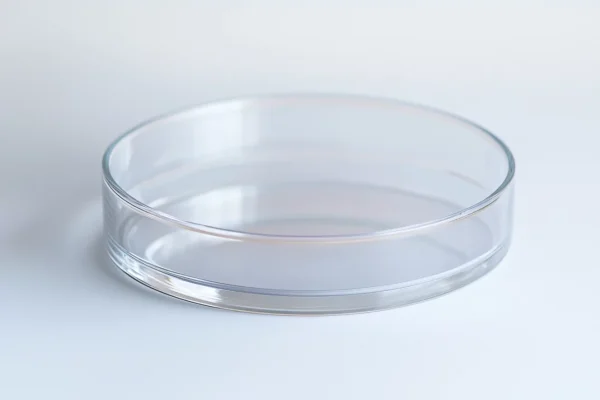
- 99.99% SiO₂ Purity
- UV-Visible-IR Transparency
- Superior Chemical Stability
Technical Specifications & Available Dimensions of Quartz Petri Dish
| Model | Bottom | Lid | Wall Thickness(mm) | Si2O’s Purity(%) | ||
| Outer Dia.(mm) | Height(mm) | Outer Dia.(mm) | Height(mm) | |||
| AT-SYM-001 | 25 | 21 | 25 | 19 | 2 | 99.99% |
| AT-SYM-002 | 30 | 21 | 35 | 19 | 2 | 99.99% |
| AT-SYM-003 | 35 | 21 | 40 | 19 | 2 | 99.99% |
| AT-SYM-004 | 40 | 21 | 45 | 19 | 2 | 99.99% |
| AT-SYM-005 | 45 | 21 | 50 | 19 | 2 | 99.99% |
| AT-SYM-006 | 50 | 21 | 55 | 19 | 2 | 99.99% |
| AT-SYM-007 | 55 | 21 | 60 | 19 | 2 | 99.99% |
| AT-SYM-008 | 60 | 21 | 65 | 19 | 2 | 99.99% |
| AT-SYM-009 | 65 | 21 | 70 | 19 | 2 | 99.99% |
| AT-SYM-010 | 70 | 21 | 75 | 19 | 2 | 99.99% |
| AT-SYM-011 | 75 | 21 | 82 | 19 | 2 | 99.99% |
| AT-SYM-012 | 80 | 21 | 87 | 19 | 2 | 99.99% |
| AT-SYM-013 | 85 | 21 | 92 | 19 | 2 | 99.99% |
| AT-SYM-014 | 90 | 21 | 98 | 19 | 2 | 99.99% |
| AT-SYM-015 | 95 | 21 | 103 | 19 | 2 | 99.99% |
| AT-SYM-016 | 100 | 21 | 108 | 19 | 2 | 99.99% |
| AT-SYM-017 | 110 | 21 | 118 | 19 | 2 | 99.99% |
| AT-SYM-018 | 115 | 21 | 123 | 19 | 2 | 99.99% |
| AT-SYM-019 | 120 | 21 | 130 | 19 | 3 | 99.99% |
| AT-SYM-020 | 125 | 21 | 135 | 19 | 3 | 99.99% |
| AT-SYM-021 | 130 | 21 | 140 | 19 | 3 | 99.99% |
| AT-SYM-022 | 135 | 21 | 145 | 19 | 3 | 99.99% |
| AT-SYM-023 | 140 | 21 | 150 | 19 | 3 | 99.99% |
| AT-SYM-024 | 150 | 21 | 160 | 19 | 3 | 99.99% |
| AT-SYM-025 | 160 | 21 | 170 | 19 | 3 | 99.99% |
| AT-SYM-026 | 180 | 21 | 195 | 19 | 4 | 99.99% |
| AT-SYM-027 | 190 | 21 | 205 | 19 | 4 | 99.99% |
| AT-SYM-028 | 200 | 21 | 215 | 19 | 4 | 99.99% |
| AT-SYM-029 | 250 | 21 | 265 | 19 | 4 | 99.99% |
| AT-SYM-030 | 300 | 21 | 315 | 19 | 4 | 99.99% |
| SiO₂ Content | ≥ 99.99% |
| Maximum Working Temperature | 1200°C (long-term), 1450°C (short-term) |
| Thermal Expansion Coefficient | 5.5 × 10⁻⁷/K |
| Visible Light Transmission | ≥ 93% |
| UV Transmission | ≥ 80% |
| Surface Roughness | Ra ≤ 0.2 μm |
TOQUARTZ® Solving Challenges with Quartz Petri Dish
Quartz Petri Dishes for High-Temperature Microbiology & Cell Culture
TOQUARTZ® quartz petri dishes enable researchers to perform high-temperature protocols without compromising sample integrity or experimental results.
Key Advantages
- Supports direct flaming at 900–1100°C without microfracture
- 0% dish warping after 50× autoclave runs at 121°C/1.2 bar against 23% in sodium-lime glass analogs
- In high-heat cell incubation experiments (≥70°C), maintains dimensional accuracy within <0.05mm over 24h interval under cyclical thermal stress
- Works in combination with high-pH buffer systems (e.g., Tris-HCl, pH 8.0–8.5 @ 90°C) without surface reactions or protein adsorption
TOQUARTZ® solution
A US-based research laboratory reported 15% experiment failure rates due to plastic petri dish deformation during extended incubation protocols.
TOQUARTZ® quartz petri dishes eliminated deformation issues completely, ensuring consistent results across all experimental replicates.
Quartz Petri Dishes for Corrosive Chemical Analysis
TOQUARTZ® high-purity quartz petri dishes provide exceptional chemical resistance that outperforms both standard laboratory glassware and stainless steel containers.
Key Advantages
- Sustained exposure to 37% hydrochloric acid, 98% sulfuric acid, and 1:1 nitric:perchloric mixtures at 180°C showed <0.001% surface erosion after 96 hours (SEM tested)
- In baseline ICP-MS trace metal analysis, quartz petri dishes showed <5 ppb leaching for all monitored elements vs. up to 30 ppb for soda-lime glass controls
- Prevents alkaline etching from NaOH or KOH up to 5M at 150°C, critical for high-throughput base digestion processes (verified by XRD test showing no crystalline phase shift)
TOQUARTZ® solution
Many electronic producers encounter performance inconsistency due to substrate purity variations or thermal drift.
TOQUARTZ clear quartz glass plates meet high stability and purity standards (>99.99% SiO₂), ensuring stable signal transmission in critical RF and timing devices.
Quartz Petri Dishes for Optical & Spectroscopic Applications
TOQUARTZ® quartz petri dishes provide superior transparency from UV through visible to IR wavelengths, enabling precise optical measurements without interference.
Key Advantages
- >93.5% @ 550nm (visible spectrum) and >82% @ 254nm (UV-C), enabling accurate fluorescence quantification across FAM/Cy3/Cy5 ranges
- Spectral transmission flat across 200–2700nm: no peak distortion or scattering artifacts observed in Raman/FTIR setups
- Demonstrated autofluorescence <0.01% Y-axis deviation during 488nm excitation sequencing
- Surface wavefront uniformity matched to λ/10 per inch @ 633nm — ideal for applications with focal laser alignment in microscopy or photonics setups
TOQUARTZ® solution
A Japanese research institute reported inconsistent fluorescence imaging results due to variable optical properties in standard petri dishes.
TOQUARTZ® quartz petri dishes provided consistent optical performance, eliminating background variability and enabling reliable quantitative fluorescence measurements.
Customization Services for TOQUARTZ® Quartz Petri Dish
- Custom Dimensions
Specify exact diameter, height, and wall thickness to match your equipment or experimental protocols.
- Special Features
Add custom features like grid markings, positioning notches, alignment markers, or specialized edge treatments to enhance functionality for your specific application.
- Material Grade Selection
Specialized surface treatments including fire polishing, precision grinding, or surface etching to achieve specific optical properties or surface characteristics.
- TOQUARTZ® Customization Process
Consultation
TOQUARTZ® engineers discuss your requirements and application challenges
Design & Prototyping
Development of technical drawings and initial samples
Validation
Sample testing and refinement based on your feedback
Production
Scaled manufacturing with comprehensive quality control
Usage Guide for Quartz Petri Dish
Cleaning & Preparation
Initial Soaking
New quartz petri dishes should be soaked in clean water to dissolve any surface contaminants. For new dishes, rinse with tap water and soak overnight in 5% hydrochloric acid solution.
Thorough Scrubbing
After soaking, scrub dishes with a soft-bristled brush and laboratory detergent. Avoid abrasive materials that could damage the polished surface. Rinse thoroughly after scrubbing.
Acid Soaking
For thorough cleaning, soak in cleaning solution or acid bath for at least 6 hours (preferably overnight). This oxidative process removes all organic residues and contaminants.
Thorough Rinsing
After acid treatment, rinse dishes at least 15 times with fresh water, followed by 2-3 final rinses with distilled or deionized water. Proper rinsing is critical for cell culture applications.
Cleaning & Preparation
- Always handle with clean gloves or tools to prevent contamination and fingerprints.
- When heating, apply temperature changes gradually when possible, though quartz can withstand thermal shock better than standard glass.
- Store in clean, dust-free environment, preferably wrapped in lint-free paper or in dedicated storage containers.
- Avoid direct contact with hydrofluoric acid (HF), which is one of the few substances that can etch and damage quartz.
- For sterilization, quartz petri dishes can be autoclaved, dry heat sterilized, or flame sterilized without damage.
Need Custom Quartz Petri Dishes?
Why Partner with TOQUARTZ
Direct Factory Advantage
As a direct manufacturer, we can cut out the numerous intermediate links.
Engineering Expertise
Technical team guides clients from material selection to design optimization, translating specs into deliverables.
Flexible Manufacturing
Handling standard & custom orders via small-batch expertise and prototyping rigor to meet urgent deadlines.
Quality
Assurance
Pre-shipment 3-step validation:
1. dimensional accuracy,
2. material purity ,
3. performance thresholds
Global Supply Chain
Reliable global logistics to industrial hubs (DE/US/JP/KR priority) with trackable milestones.
Releted Products
As a specialized manufacturer with direct factory capabilities, TOQUARTZ provides both standard and custom quartz solutions with engineering support throughout the specification and implementation process.
FAQ
Q: What is the difference between the JGS-1, JGS-2, and JGS-3 quartz glass grades?
A: JGS-1 is far UV grade quartz with high OH content (2000 PPM), offering excellent transmission down to 185nm. JGS-2 is UV grade with moderate OH content (100-200 PPM), suitable for 220-2500μm applications. JGS-3 is IR grade with minimal OH content, optimized for 260-3500μm wavelength transmission. The choice depends on your specific wavelength requirements.
Q: How do I clean quartz glass plates without damaging them?
A: For optical applications, use isopropyl alcohol or acetone with lint-free wipes. For general cleaning, a mild detergent solution followed by thorough rinsing with deionized water is recommended. Avoid abrasive cleaners and tools that could scratch the surface. For stubborn contaminants, ultrasonic cleaning in appropriate solutions is effective.
Q: Are your quartz glass plates suitable for semiconductor applications?
A: While our quartz glass plates meet many requirements for semiconductor-adjacent applications, we do not currently serve the high-end semiconductor industry that requires ultra-high purity (99.9999%) and specialized certifications. Our products are suitable for research, optical, laboratory, and industrial applications with purity levels up to 99.995%.
Q: Can you drill holes or create custom shapes in quartz glass plates?
A: Yes, we offer precision drilling, cutting, and machining services for quartz glass plates. We can create custom shapes, holes, slots, and other features according to your technical drawings. Our capabilities include water jet cutting, ultrasonic drilling, and precision grinding to achieve complex geometries while maintaining material integrity.
Q: How do quartz glass plates compare to borosilicate glass?
A: Quartz glass offers significantly higher temperature resistance (1100°C vs 500°C for borosilicate), superior UV transmission, better chemical resistance, and lower thermal expansion. Borosilicate is more cost-effective for applications that don’t require these advanced properties. For high-temperature, optical, or chemically demanding applications, quartz glass is the superior choice.
Contact our engineering team for technical consultation and pricing. We’ll help you select the optimal specifications for your application requirements.

